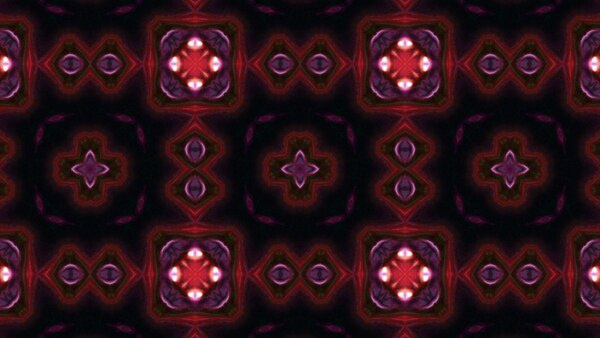Top Strategies for Collecting Rare Game Skins
In the ever-evolving world of video games, aesthetics play a crucial role not just in defining a game's visual identity but also in enhancing the player's immersive experience. One of the most significant developments in gaming aesthetics in recent years has been the introduction and evolution of "skins." These digital embellishments have transformed the way players interact with and perceive their avatars, weapons, and environments, offering a new layer of personalization and artistic expression.
Skins, in the context of gaming, refer to customizations that change the appearance of in-game characters, items, or user interfaces without affecting their functionality. They have become a staple feature in many popular games across various genres, from first-person shooters to multiplayer online battle arenas (MOBAs), and even mobile games. The allure of skins lies in their ability to offer players a unique and personalized gaming experience, allowing them to stand out in virtual worlds.

The origins of skins can be traced back to the modding communities of early video games, where players would modify game files to create and share custom content. This grassroots phenomenon caught the attention of game developers, who recognized the potential of offering official skins as part of their games. Over time, skins have evolved from simple texture swaps to intricate designs that reflect popular culture, historical themes, and avant-garde art.
In games like "Fortnite," "League of Legends," and "Counter-Strike: Global Offensive," skins have become a cultural phenomenon. Not only do they provide gamers with a means of self-expression, but they have also created vibrant online marketplaces where rare skins can be bought and sold for considerable sums of money. This has led to a thriving ecosystem where skins are both a status symbol and a form of digital art collecting.
The design process behind skins is itself an art form. Game developers and artists collaborate to create skins that resonate with their player base. These designs often draw inspiration from a diverse array of sources, from mythology and folklore to contemporary fashion trends. By offering seasonal, event-based, or limited-edition skins, developers manage to keep player engagement high, as users eagerly anticipate the release of new designs.
Moreover, skins have paved the way for the gaming industry to collaborate with artists, celebrities, and brands. These collaborations have expanded the cultural impact of skins beyond the gaming community. For instance, partnerships with major music artists have resulted in concert-themed skins, while collaborations with fashion brands have introduced high-fashion aesthetics into virtual spaces.
The prevalence of skins also raises questions about consumerism in gaming. Critics argue that the relentless promotion of new skins can lead to "FOMO" (Fear of Missing Out) and encourage excessive spending among players. However, when implemented ethically, the sale of skins can offer a sustainable revenue model for game developers, allowing them to provide free-to-play content while monetizing through optional customizations.
Looking to the future, the art of skins will likely continue to evolve alongside advancements in technology. As virtual reality (VR) and augmented reality (AR) become more prominent, the demand for immersive and interactive skins will likely increase. Additionally, the growth of blockchain technology and non-fungible tokens (NFTs) could revolutionize skin ownership, offering players provable scarcity and the ability to trade skins across different platforms.
In conclusion, skins have fundamentally changed the landscape of gaming aesthetics. They bridge the gap between virtual cultures and real-world influences, offering players a creative outlet and a medium for personal expression. As both a form of digital art and a lucrative revenue stream, skins will undoubtedly remain a vital component of the gaming industry, shaping the future of how we interact with and perceive virtual worlds.